Increasing Program Capacity to Eliminate Outcome Disparities in Addiction Services
Effective leadership, organizational readiness for change, and acceptance of Medi-Cal have each been shown to be associated with reducing disparities in substance use disorder (SUD) treatment outcomes. These three important organizational characteristics can represent “program capacity.” Little is known about the mechanisms by which program capacity might lead to better client outcomes, especially in outpatient substance abuse treatment (OSAT) programs. In a study published by Administration and Policy in Mental Health and Mental Health Services Research, Dr. Erick Guerrero and his research team tested whether higher program capacity is associated with better client treatment outcomes in OSAT programs. Authors measured program capacity using the following constructs:
- Directorial leadership: Transformational leadership (i.e. promoting intellectual stimulation and support for innovation) and transactional leadership (i.e. job delegation).
- Regulatory environment: Acceptance of Medi-Cal payments, which include compliance with Medicaid regulatory expectations.
- Readiness for change: Program’s preparation to implement new practices, measured through resources, climate, staff motivation and attributes for change.
- Medi-Cal acceptance was associated with shorter wait times for clients.
- Motivation for change within an organization, one measure of readiness for change, was related to longer treatment duration for clients.
- High program capacity was associated with shorter wait times for clients.
- High program capacity was associated with longer treatment duration for clients.
- High cultural competence is associated with longer treatment duration for clients.
- The degree of culturally competent practices did not mediate the positive relationship between program capacity and client outcomes.




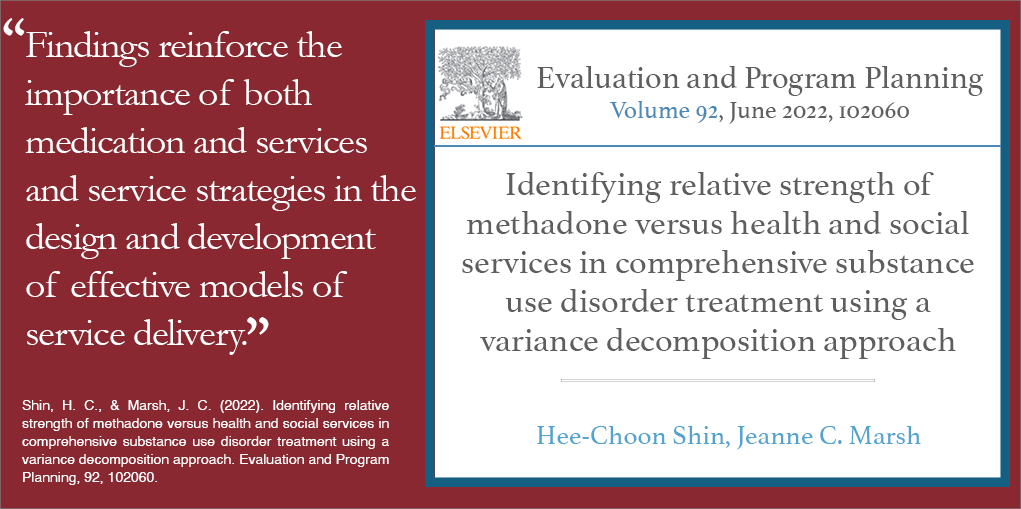
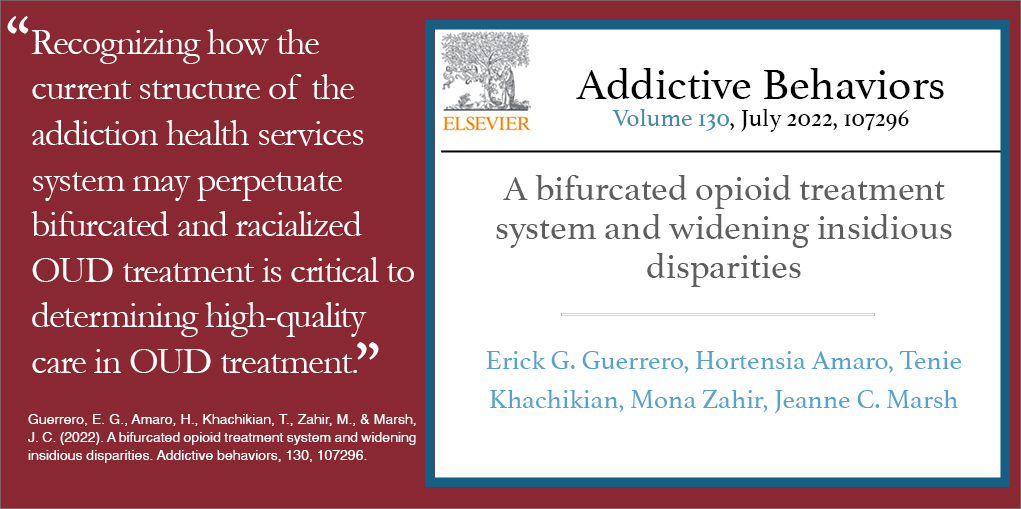
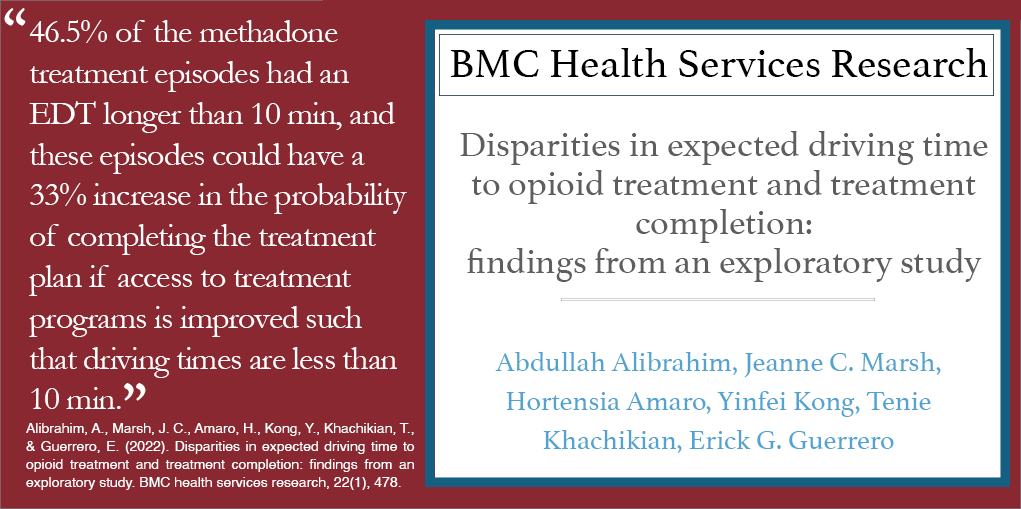
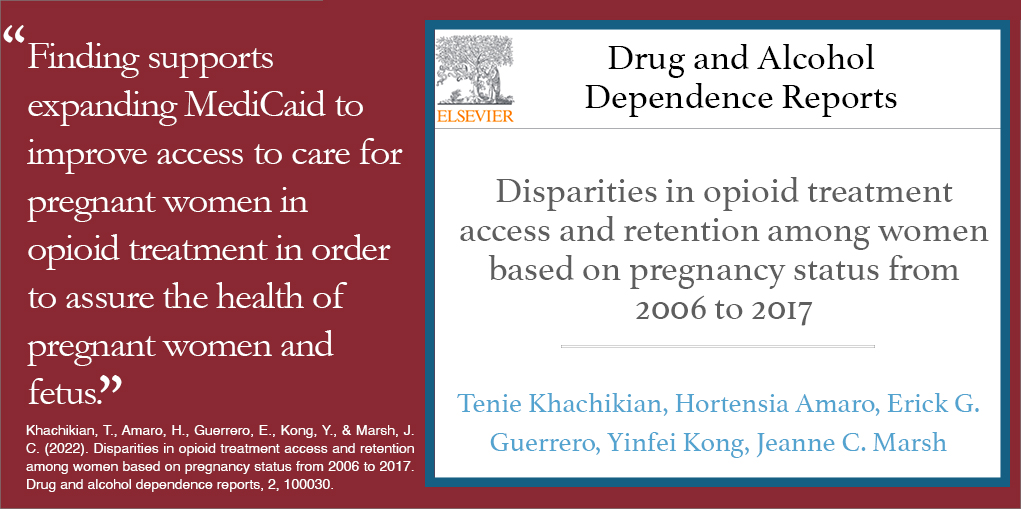
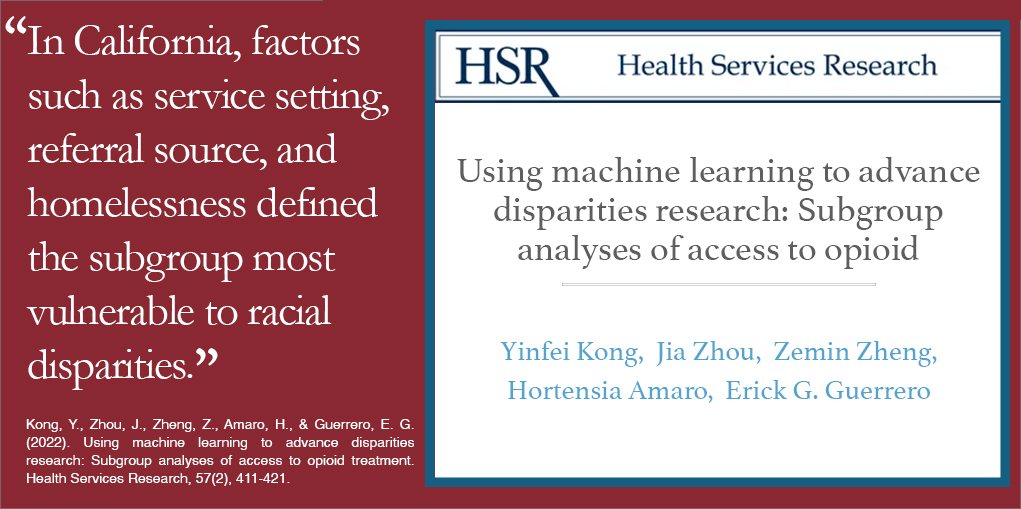
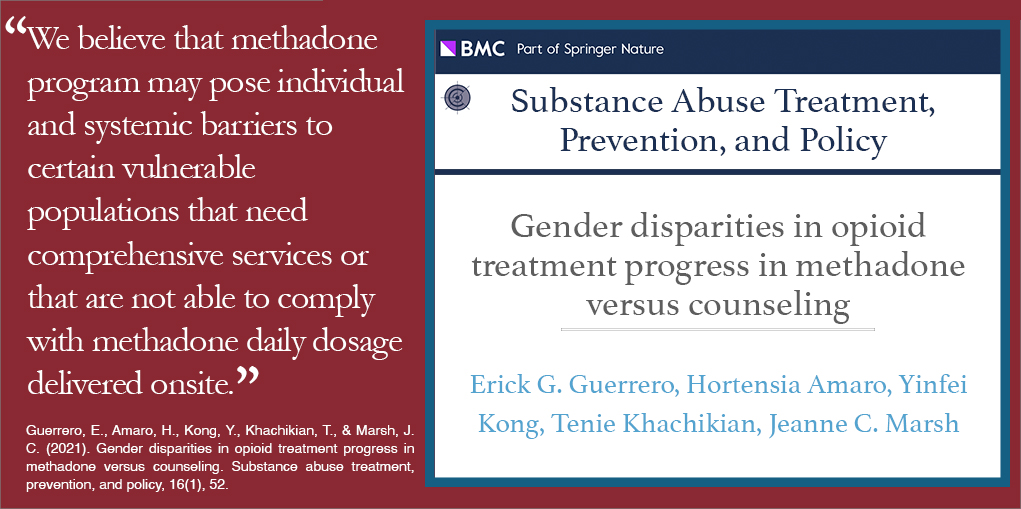
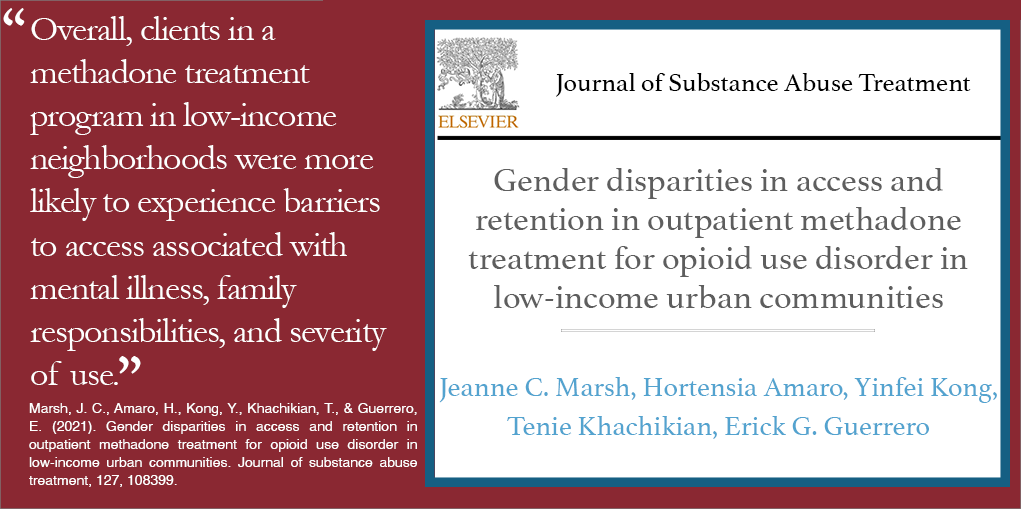
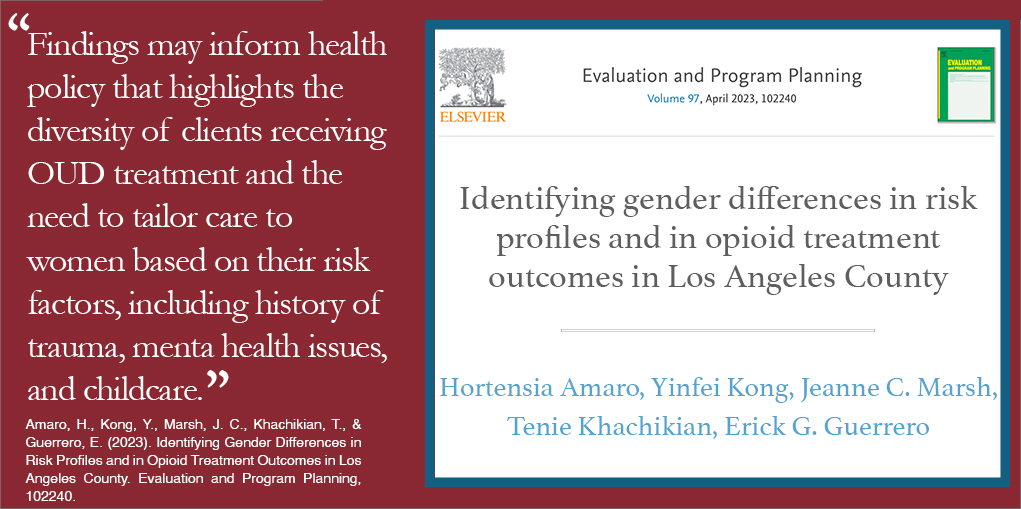
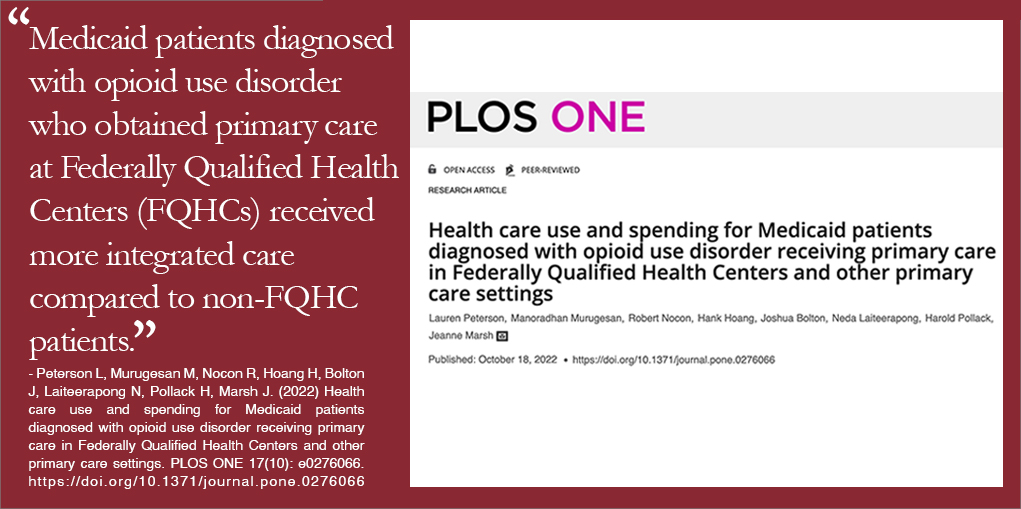
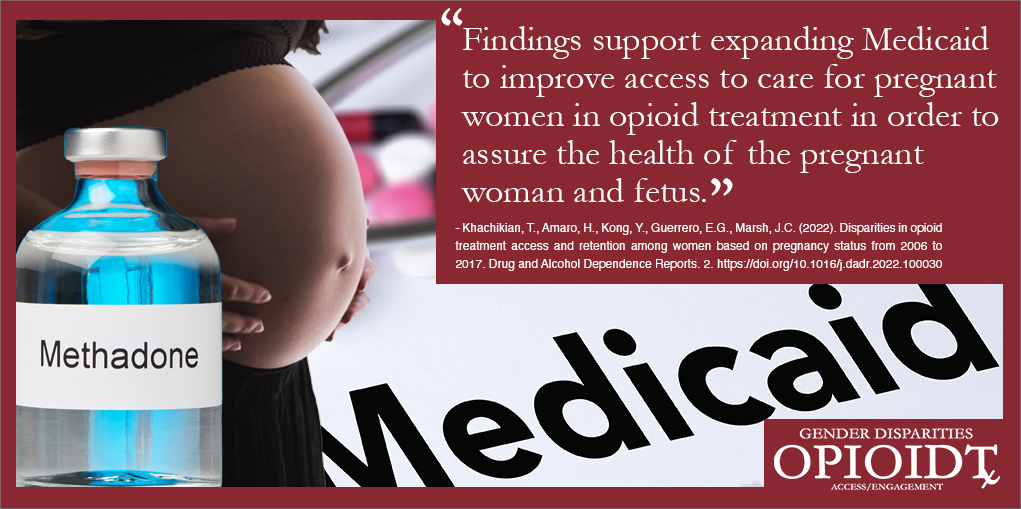





One thought on “Increasing Program Capacity to Eliminate Outcome Disparities in Addiction Services”
Comments are closed.